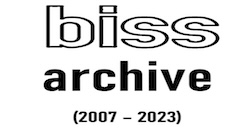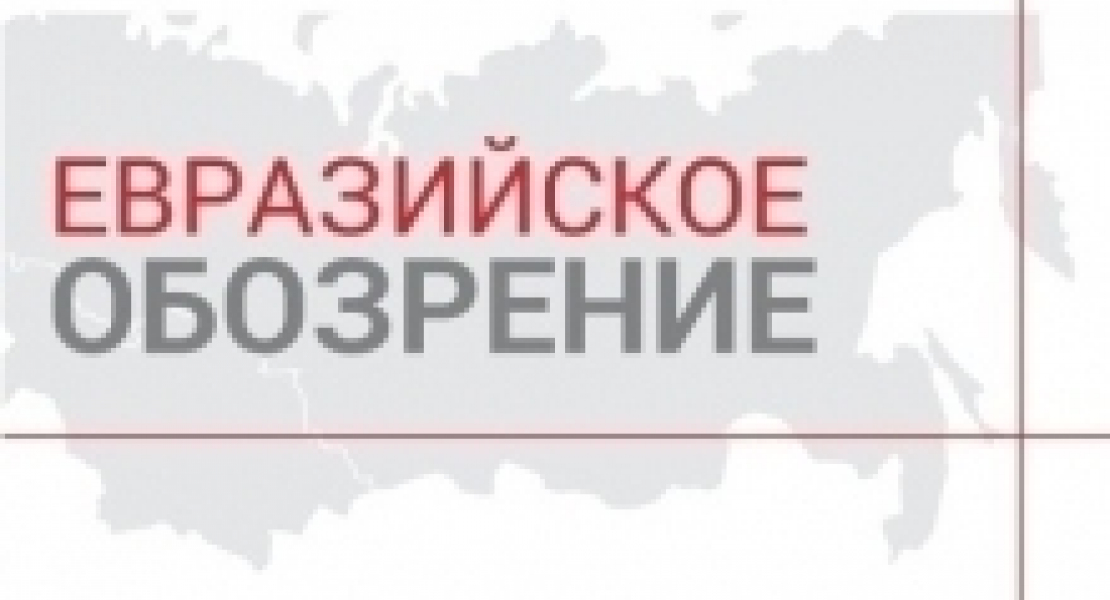BISS presents the fifth issue of the Eurasian Review, which analyzes the processes of Eurasian integration.
The Eurasian Economic Union (EEU) was officially launched half a year ago. From the economic perspective, those six months were quite challenging: the performance of the Russian economy slowed, and the economic situation in the other EEU member states pegged to the Russian market for commodities and services became markedly more complicated. Nevertheless, Eurasian integration continues to evolve according to its internal laws.
The Main Feature of Eurasian Review No.5 is the operation of the Court of the Eurasian Economic Union. Andrei Yeliseyeu analyzes how and why the EEU member states narrowed the jurisdiction of the EEU Court compared to the powers of its predecessor —the EurAsEC Court. The Main Feature also addresses the rulings that have been issued by the Court so far, including the only EurAsEC Court’s lawsuit initiated by the Belarusian company.
The Highlights section focuses on the hypothetic introduction of a single currency in the Eurasian Economic Union. In March 2015, Russia’s President Vladimir Putin said: “The time has come to consider the possibility of establishing, in the long view, a currency union.” Alexei Pikulik explores the shapes that the idea of a single currency has taken in the Former Soviet Union since the disintegration of the USSR and analyzes the economic feasibility and political likelihood of the introduction of a single currency within the EEU in the coming years.



